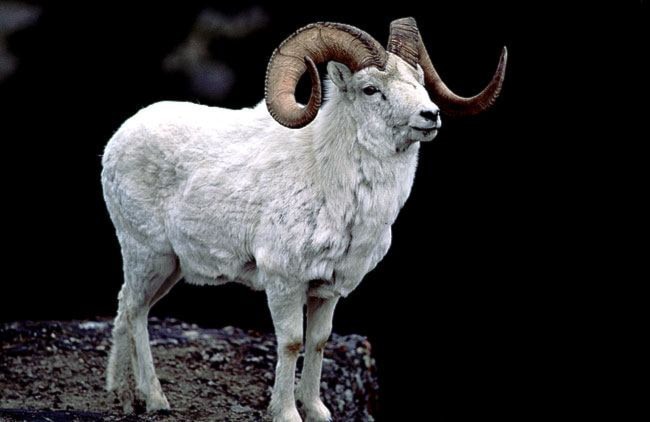The Yukon government is getting a cash infusion from Ottawa to map animal movements in regions ripe for development.
The Environment Department will study the movements of the Klaza caribou herd in central Yukon, already home to Capstone’s large copper mine and the potential home of Western Copper’s Casino and Carmacks mines.
The herd’s movements - and those of moose in the region - are poorly understood, said Val Loewen, a habitat inventory co-ordinator with Environment Yukon.
A survey of both animals, done by the naked eye, will take place early next year with $180,000 from the Canadian Northern Economic Development Agency.
Other overlooked species include the Dall sheep and mountain goats in the Kluane region.
The money will be spent on the sheep and goat migrations in the corridor that may one day see the Alaska Highway gas pipeline, said Loewen.
The grant will also help pay for a survey done by helicopter of the Bonnet Plume caribou herd. They haven’t been studied since 1984, she said.
The herd is at the heart of the Peel Watershed, which is undergoing a protracted land-use plan.
If and when the land-use plan comes into place, it’s important to know how the caribou move, said Loewen.
Research done on the herd for the land-use plan only used cursory knowledge from sightings, she said.
The species about to be studied are just a fraction of those kept in the department’s inventory of animal habitats.
The department stores a list of key wildlife areas - the places species depend on for food or nesting on a regular basis.
Biologists use radio collars and visual surveys to find those key areas.
But not all animals fit in the site-specific approach to studying habitat, said Loewen.
Moose are solitary and don’t keep reliable paths in their migrations, she said.
While sheep often return to the exact same places over their lifetime.
A more general approach is used for wayward animals like moose whereby habitats are chosen by distinctive features an animal needs to survive, said Loewen.
Moose can’t live in places with high snow. So valleys where snow is generally lower are identified as their key habitat areas.
The moose around Watson Lake travel more than average, and the Liard River Valley is classified as a key area for them, said Loewen.
There are many animals the department would like to know more about.
Understanding the habitats of smaller mammals and rare species is a priority for the future, she said.
Contact James Munson at
jamesm@yukon-news.com
